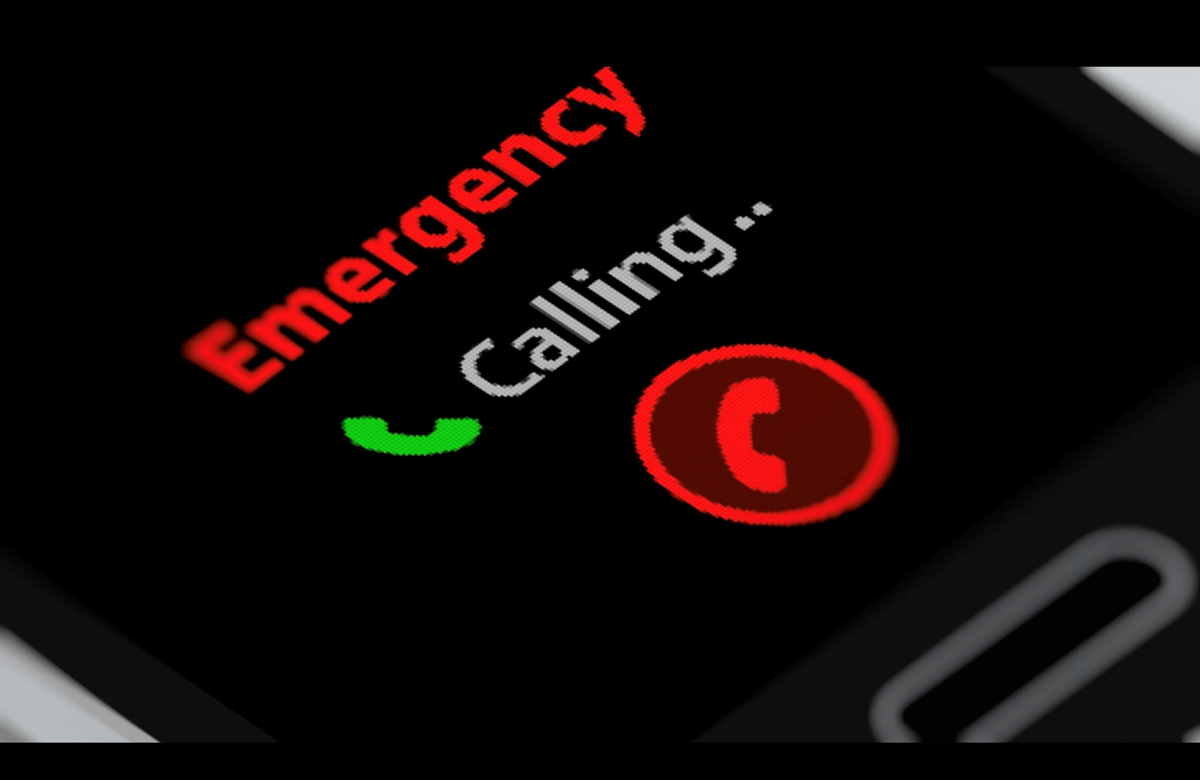Staying Ahead in 9-1-1 Dispatch
Why Technology Trends Matter More Than Ever

As emergency response demands grow more complex, the role of 9-1-1 dispatchers in adopting and utilizing new technologies becomes increasingly crucial. Today, these professionals answer calls, dispatch responders, and leverage advanced tools to meet high public expectations for swift, accurate, and comprehensive emergency support. Staying abreast of emerging technology trends is critical for 9-1-1 dispatchers to make their jobs more efficient, responsive, and effective.
1. Adapting to Increased Public Expectations
With society's dependence on digital and instant information, the public has come to expect the same level of sophistication from emergency services. People expect quick responses, precise information, and effective coordination between dispatch centers and emergency responders. Traditional voice-only systems, while essential, are now seen as limited. Adapting to new technologies that integrate various data channels—text, video, and GPS, for instance—enables dispatchers to meet these elevated expectations, providing faster and more informed assistance to those in distress.
Key Challenges Posed by Public Expectations
- Demand for rapid, accurate assistance: Callers expect near-instant support, which requires dispatchers to access relevant data in real-time.
- Precision in location tracking: People rely on their smartphones and expect the 9-1-1 center to locate them accurately, even when unsure of their whereabouts.
- Enhanced caller engagement: People expect updates, acknowledgment, and the ability to provide additional information, such as real-time photos or videos of the incident.
Technology that enables faster response times improves information accuracy and offers multiple communication channels that can help meet these public expectations. More importantly, these technologies can save lives and reduce the impact of emergencies on the public, making their adoption in 9-1-1 centers not just essential but also beneficial for the communities they serve.
2. Key Technologies Transforming 9-1-1 Centers
Various advanced technologies are redefining emergency response. Incorporating these technologies can empower dispatchers, giving them the tools to make critical decisions with incredible speed and insight, ultimately improving outcomes for those they serve.
Next-Generation 9-1-1 (NG911)
NG911 is an IP-based system that allows for multimedia communication between dispatchers and the public. Unlike traditional 9-1-1, NG911 supports voice, text, video, and images, which can be essential in complex emergencies. NG911 enhances dispatchers' ability to assess situations quickly, as they receive additional contextual information such as visual details or even location sharing in real-time.
Real-Time GPS and Location Services
Accurate location tracking is crucial, especially when callers cannot specify their exact location. Modern location services go beyond basic GPS; they can integrate with indoor positioning systems and smartphone geolocation data, pinpointing the caller's location to precise details. This can be particularly useful in multi-story buildings or rural areas where traditional mapping may fall short. Dispatchers can save time locating the caller and more effectively guide emergency responders to the scene.
Artificial Intelligence (AI) and Predictive Analytics
AI can assist dispatchers by prioritizing calls based on urgency and analyzing historical data to predict emergency trends. Predictive analytics can suggest staffing adjustments, identify high-risk periods, and help dispatchers allocate resources more efficiently. For example, if a particular event type is likely to lead to multiple emergency calls, AI tools can flag these potential surges, allowing centers to prepare for heightened activity.
AI also enables more sophisticated data handling, assisting dispatchers with information retrieval and caller history and even flagging high-risk situations based on speech patterns or keywords detected in real-time calls.
Computer-Aided Dispatch (CAD) Systems with Integrated Data Sharing
Modern CAD systems offer advanced data-sharing capabilities, allowing dispatchers to access information quickly and relay it efficiently to first responders. Integrating CAD with other emergency response systems (like fire, police, and medical databases) ensures dispatchers have comprehensive, real-time data on incidents, resources, and personnel. This makes coordination more seamless, especially in complex multi-agency responses.
Cloud-Based Storage and Data Security
Storing data on cloud-based platforms allows for enhanced data access and collaboration, making it easier for 9-1-1 centers to retrieve information across multiple locations and ensure continuity in operations during emergencies. Moreover, cloud systems offer advanced security features to protect sensitive caller data, meeting public privacy and data protection expectations.
3. Enhancing Dispatcher Efficiency with Technology
New technology helps dispatchers meet public expectations and streamlines their workflow, reducing stress and improving efficiency.
Reducing Response Times
Integrated, data-driven systems enable dispatchers to assess situations quickly and make informed decisions. With features like NG911's multimedia capabilities, dispatchers can better understand an emergency's scope before responders arrive, enabling quicker decision-making and improved guidance to field teams.
Alleviating Dispatcher Stress
Dispatching is a high-stress profession, with constant exposure to emergencies and the need to multitask under pressure. AI-driven call screening, data automation, and streamlined communication channels can ease some of this burden, allowing dispatchers to focus on high-priority tasks without being overwhelmed by administrative tasks.
4. Addressing Challenges and Ensuring Responsible Use of Technology
While integrating technology brings immense benefits, it is essential to consider its challenges and ensure responsible use.
Cybersecurity Concerns
9-1-1 centers handle sensitive data and are increasingly becoming targets of cyber-attacks. Protecting this data requires advanced cybersecurity measures and regular updates to protect public information and critical emergency systems. Training staff on cybersecurity practices and using encryption and other protective measures is vital.
Cost and Budget Constraints
Implementing new technologies can be costly. To address budgetary challenges, partnerships with technology providers, grant funding, and strategic planning can help make these advancements accessible. It's also crucial for stakeholders to understand the long-term value of technology investments as they contribute to more efficient and effective emergency services.
Balancing Automation with Human Judgment
While AI and predictive analytics offer potent tools, human judgment remains essential in emergency response. Technology should support, not replace, the human decision-making process, ensuring that dispatchers retain the discretion to assess each call's unique factors, highlighting their value.
5. Building a Culture of Adaptability in 9-1-1 Centers
As technology continues to evolve, 9-1-1 centers need to cultivate a culture of adaptability. By regularly training staff, staying informed about emerging trends, and fostering open communication about technological updates, centers can make the transition to new systems smoother for dispatchers and administrators.
Embracing Change as a Long-Term Commitment
Keeping up with technology is not a one-time event but an ongoing commitment. Regular reviews, upgrades, and feedback mechanisms help ensure the technologies adopted remain practical and relevant. Dispatchers on the front lines of emergency response should also be actively involved in decision-making and training efforts, ensuring that each new tool introduced genuinely supports their needs and objectives.
Conclusion
Staying updated with technological advancements in 9-1-1 centers is essential to meet the increasing public demand for efficient and responsive emergency services. From NG911 capabilities to AI-driven analytics, these tools enhance the dispatch process, support dispatchers, and improve emergency outcomes. Investing in these technologies, with a commitment to security and adaptability, ensures that 9-1-1 centers remain effective, resilient, and prepared to meet the needs of the public.




